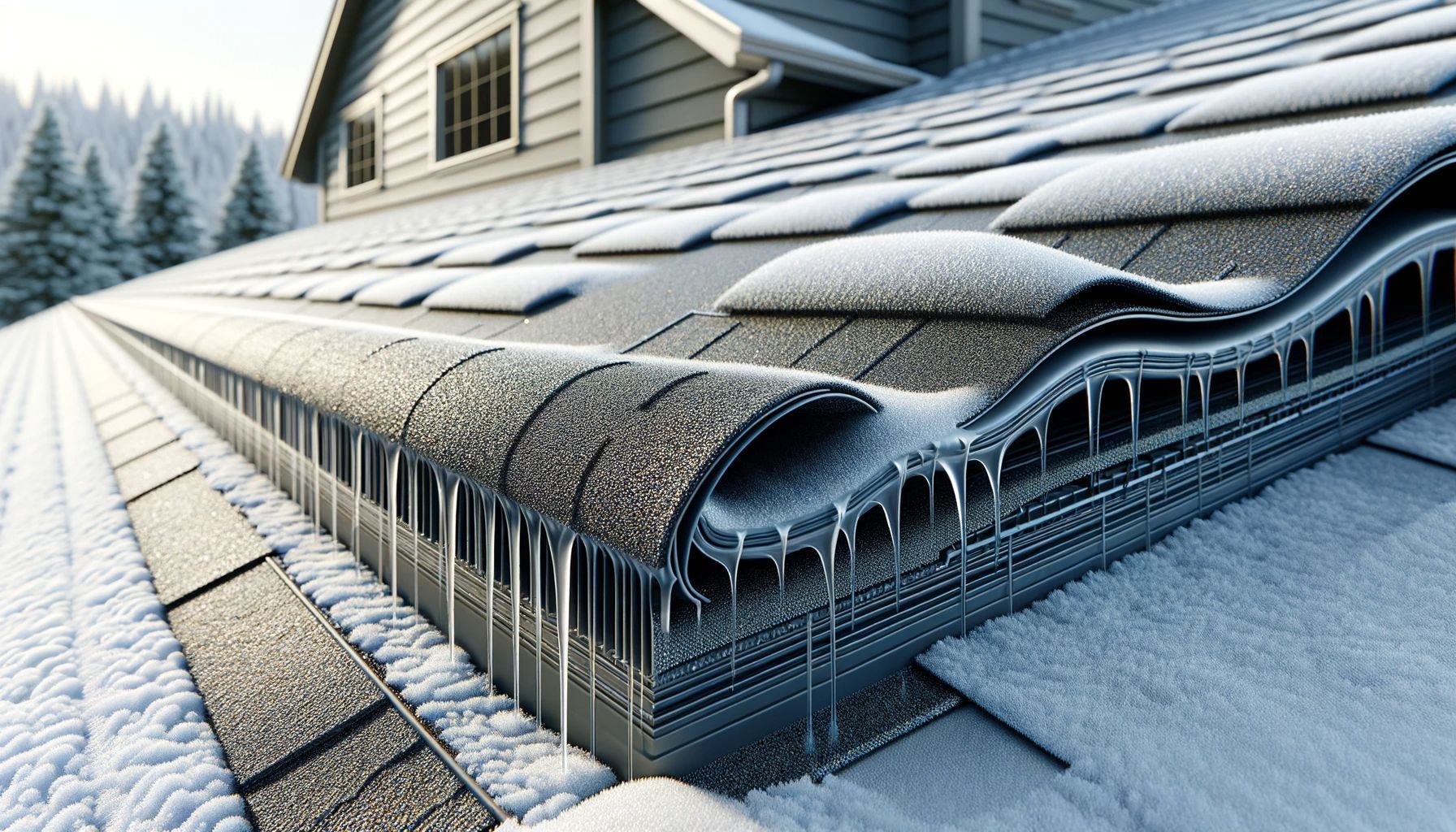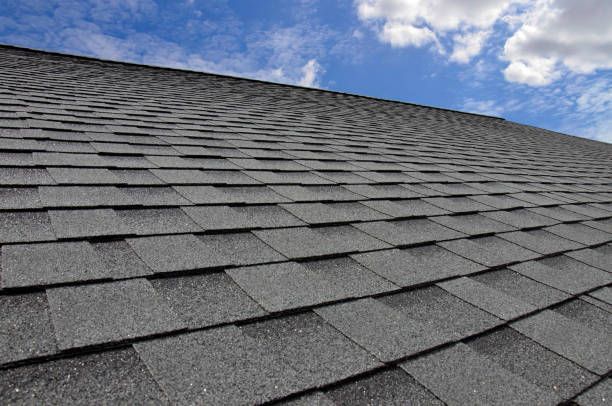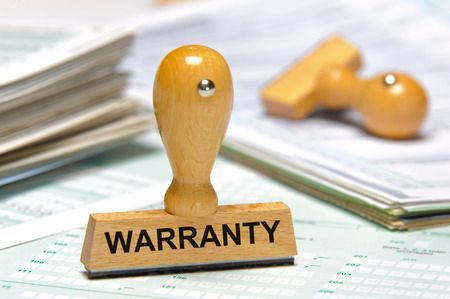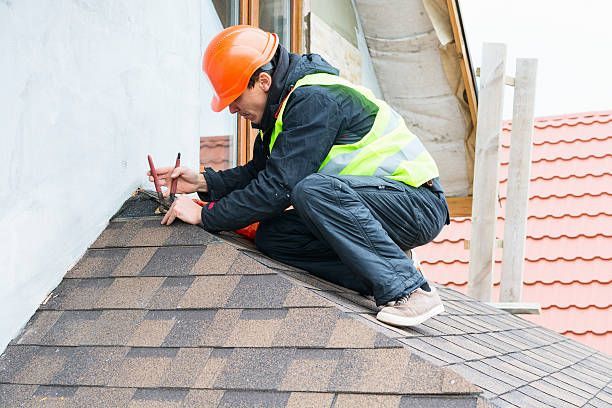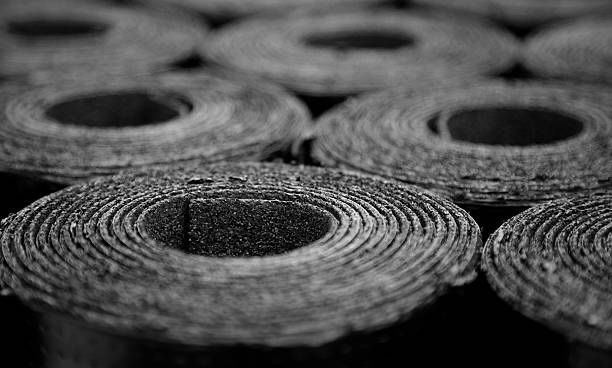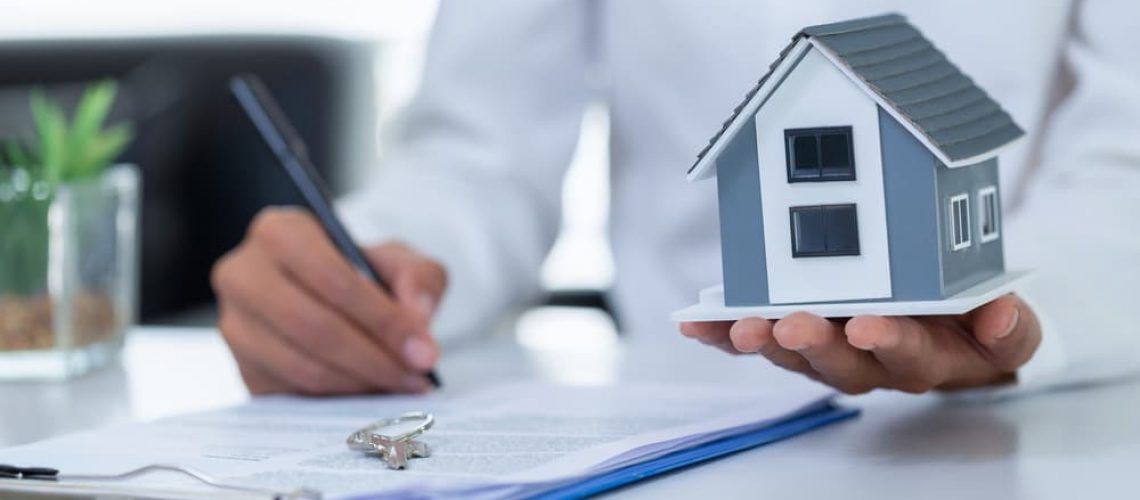Understanding Rotted Decking: A Key Issue for Your Roof's Health
When it comes to maintaining a safe and sturdy home, the condition of your roof plays a crucial role. One significant issue that can compromise your roof’s integrity is rotted decking. Understanding what rotted decking is, how it occurs, and how to address it can help you avoid costly repairs and ensure your roof remains in top condition.
What is Rotted Decking?
Rotted decking refers to the wooden boards that form the structural base of your roof, which have deteriorated due to moisture exposure. Decking, also known as sheathing, lies between the rafters and the roofing material. Its primary function is to provide a solid surface for the installation of shingles or other roofing materials. When these boards begin to rot, they lose their strength and can no longer support the roofing system effectively.
Causes of Rotted Decking
1. Leaks and Water Damage: The most common cause of rotted decking is leaks in the roofing material. Over time, rainwater can penetrate through damaged shingles or flashing, causing the decking to absorb moisture and eventually rot.
2. Poor Ventilation: Inadequate ventilation in your attic can lead to excess humidity and condensation. This moisture can seep into the decking and contribute to its decay.
3. Gutter Issues: Clogged or damaged gutters can cause water to overflow and run down the roof, increasing the risk of water damage to the decking.
4. Roofing Material Damage: Damaged or missing shingles can expose the decking to direct water intrusion, accelerating the rotting process.
Signs of Rotted Decking
Identifying rotted decking early can save you from more extensive repairs. Look out for these signs:
- Sagging Roof: If your roof appears to sag or has uneven areas, it may indicate that the decking underneath is compromised.
- Soft Spots: Walking on your roof and noticing any soft or spongy areas can be a sign of rotted decking.
- Visible Rot: If you have access to your attic, inspect the underside of the roof for signs of mold, mildew, or rotting wood.
- Leaks: Persistent leaks inside your home, especially after heavy rain, may indicate rotting decking.
Addressing Rotted Decking
If you suspect that your roof’s decking is rotting, it’s essential to address the issue promptly:
1. Professional Inspection: Hire a roofing professional to conduct a thorough inspection. They can assess the extent of the damage and recommend the best course of action.
2. Replace the Decking: If the decking is rotted, it will need to be replaced. This typically involves removing the damaged boards and installing new, treated wood to ensure longevity and resistance to future issues.
3. Repair the Roof: After replacing the decking, repair or replace any damaged roofing materials to prevent future problems.
4. Improve Ventilation and Maintenance: To prevent future issues, ensure your attic is properly ventilated and that your gutters are regularly cleaned and maintained.
Conclusion
Rotted decking is a serious issue that can compromise the safety and durability of your roof. By understanding the causes and signs of rotted decking, and taking prompt action when issues arise, you can protect your home from further damage and extend the lifespan of your roofing system. For professional inspection and repair services, contact Alexander’s Roofing to ensure your roof remains in optimal condition.
https://www.alexandersroofing.com/residential-roofing-services#RoofRepairs
